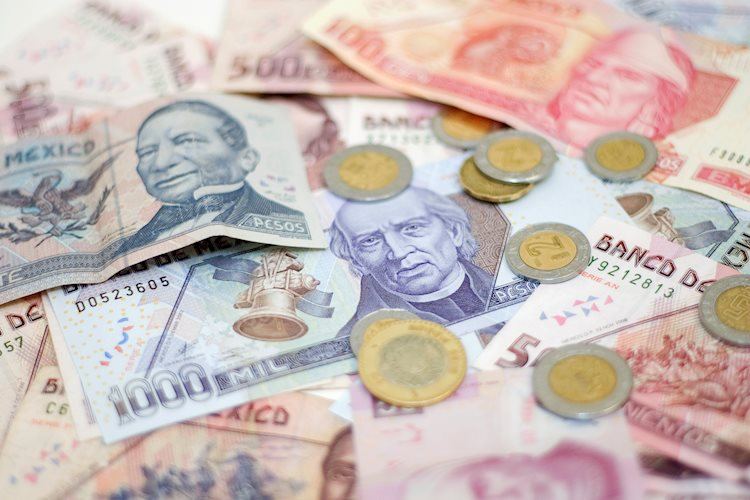The Mexican Peso has depreciated sharply against the US dollar, with USD/MXN trading above 18.00 and gaining over 1%. This depreciation was triggered by Federal Reserve (Fed) Governor Michelle Bowman’s hawkish comments on holding policy rates steady and willingness to raise rates if necessary. This added pressure on the Peso ahead of the upcoming Banxico monetary policy decision expected on Thursday, with most economists predicting that rates will remain unchanged at 11.00%.
Moreover, Mexico’s economic docket featured June’s mid-month inflation data, which showed an increase above estimates. This higher inflation may deter Banxico from easing policy further. The Citibanamex survey revealed that economists are pricing out fewer rate cuts by the central bank, with expectations of rates being lowered to 10.25% in 2024. Additionally, the consensus estimates for the USD/MXN exchange rate have been revised, projecting it to end the year at 18.70.
The technical analysis of the Mexican Peso shows that the USD/MXN uptrend remains intact, with buyers still in control despite recent pullbacks. If the USD/MXN clears 18.50, the next resistance levels would be the year-to-date high of 18.99 and the March 20, 2023 high of 19.23. On the downside, key support levels are at the 50-day Simple Moving Average (SMA) at 17.37 and the 200-day SMA at 17.23.
The Mexican Peso (MXN) is heavily influenced by factors such as the country’s economic performance, central bank policy, foreign investment levels, and remittances from Mexicans living abroad. Geopolitical trends, nearshoring decisions, and oil prices also play a significant role in determining the value of the MXN. Banxico’s main objective is to maintain inflation at low and stable levels, with interest rates being adjusted accordingly to control inflation. Higher interest rates are generally positive for MXN, while lower rates tend to weaken the currency.
Macroeconomic data releases are crucial in assessing the state of the Mexican economy and can impact the valuation of the Peso. A strong economy with high growth, low unemployment, and high confidence can attract foreign investment and potentially lead to interest rate hikes by Banxico. As an emerging-market currency, the Mexican Peso tends to perform well during risk-on periods when market risks are perceived as low. Conversely, it may weaken during market turbulence or economic uncertainty when investors seek safer assets.











